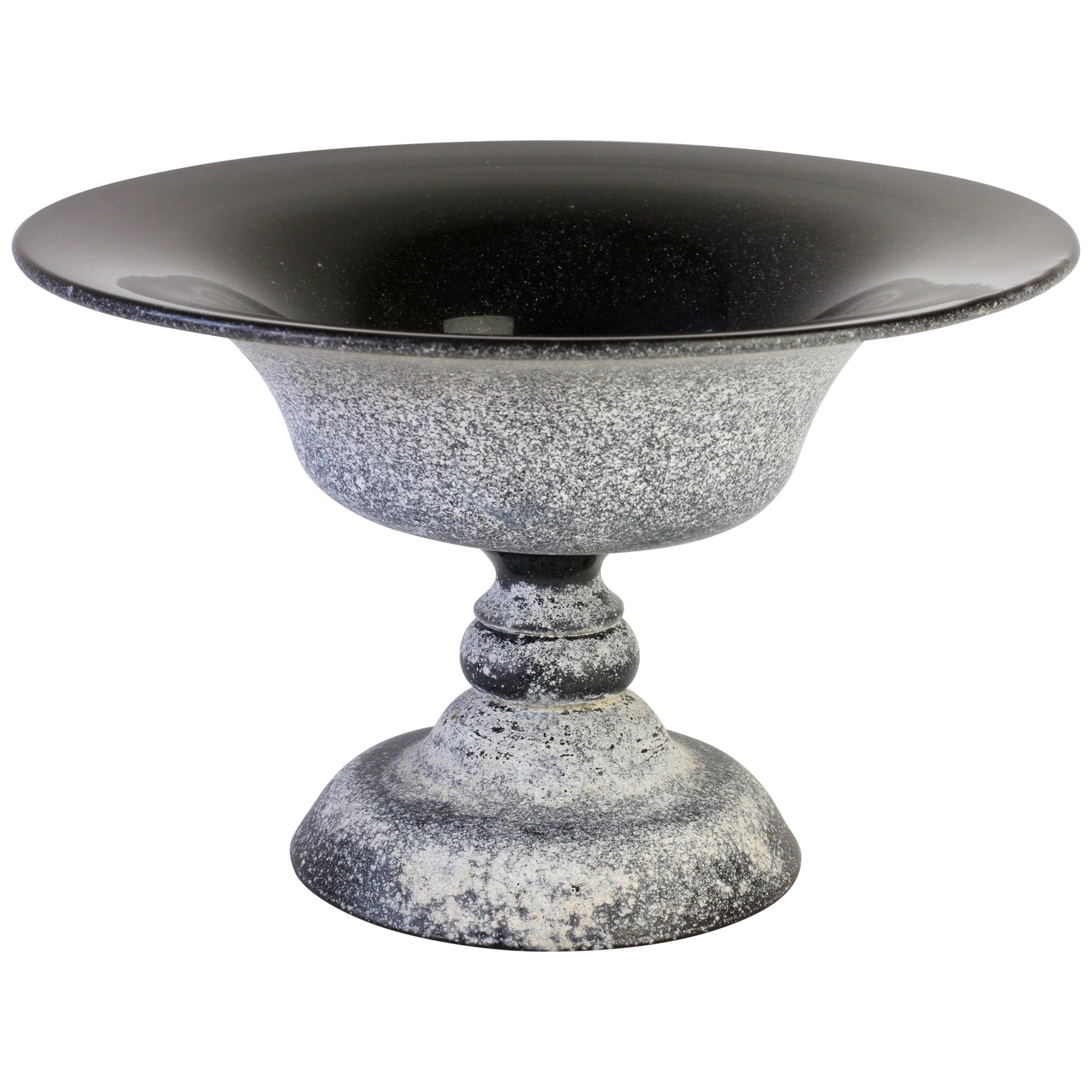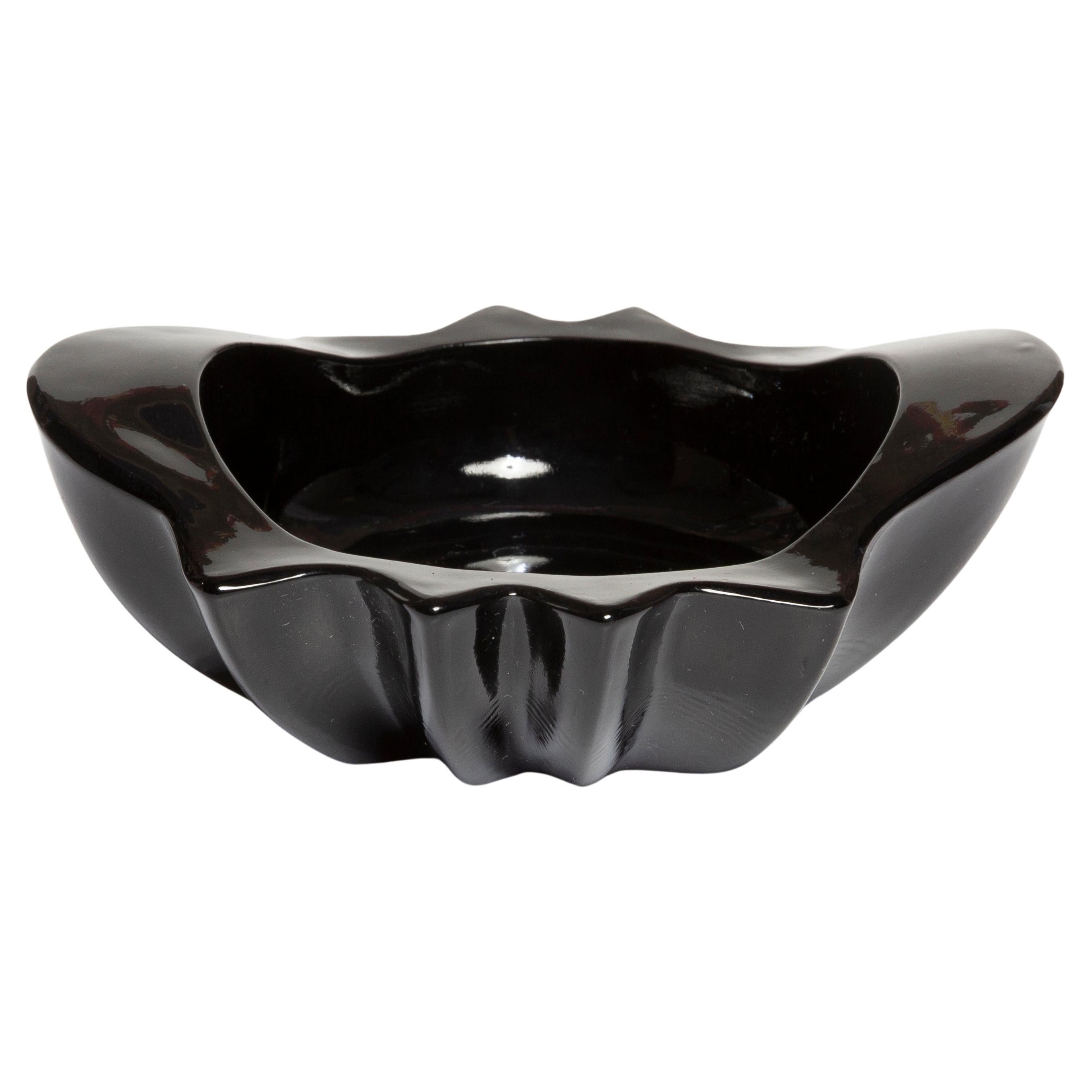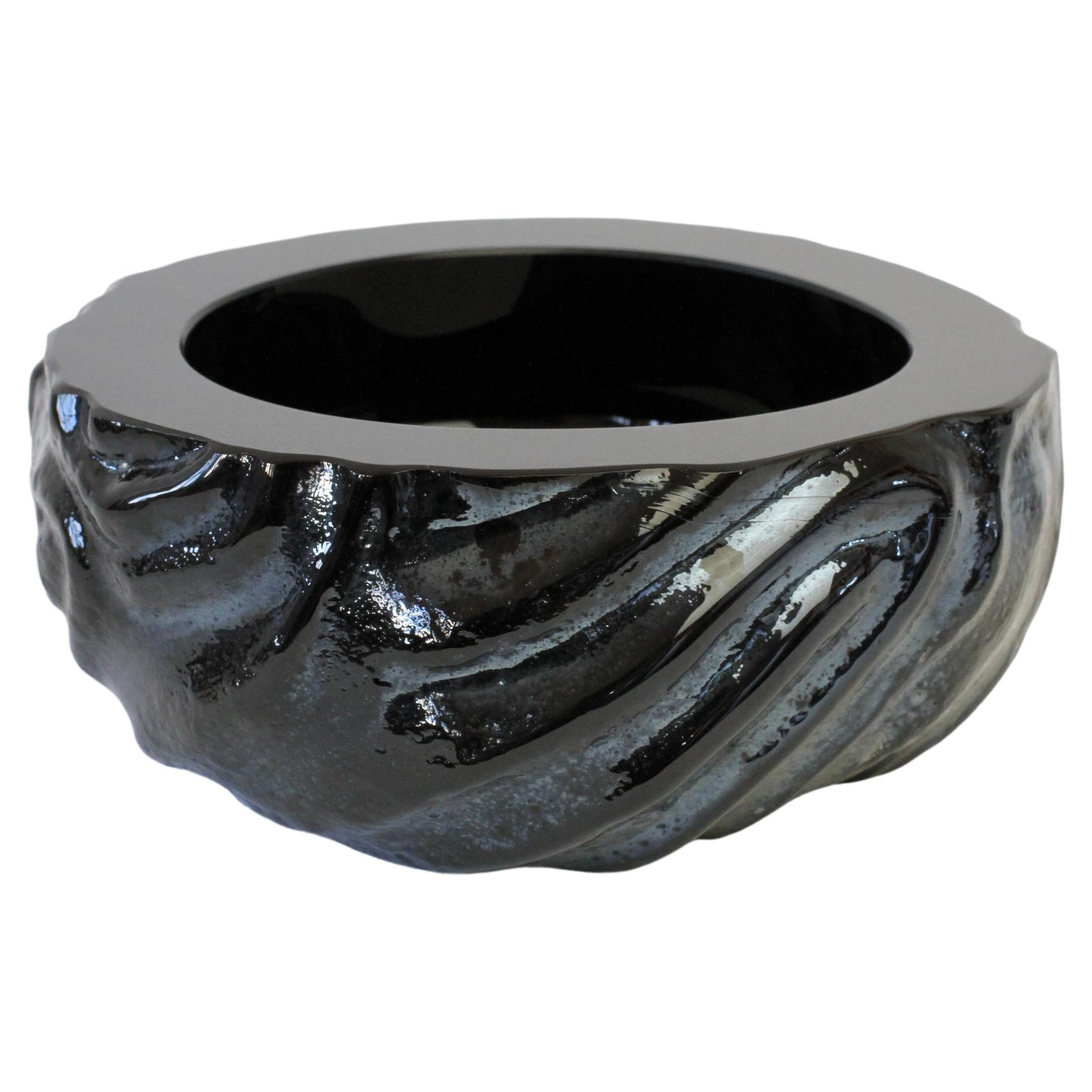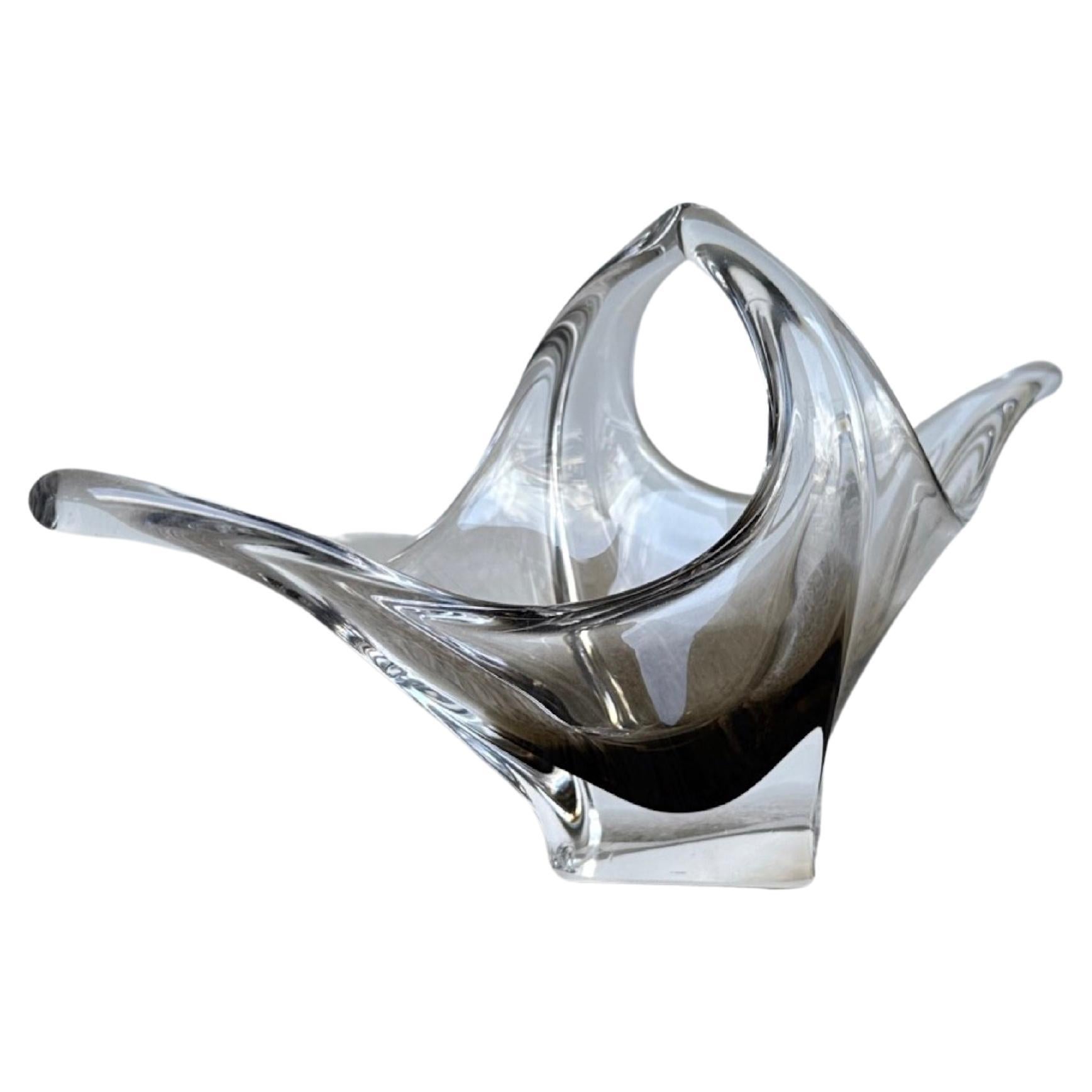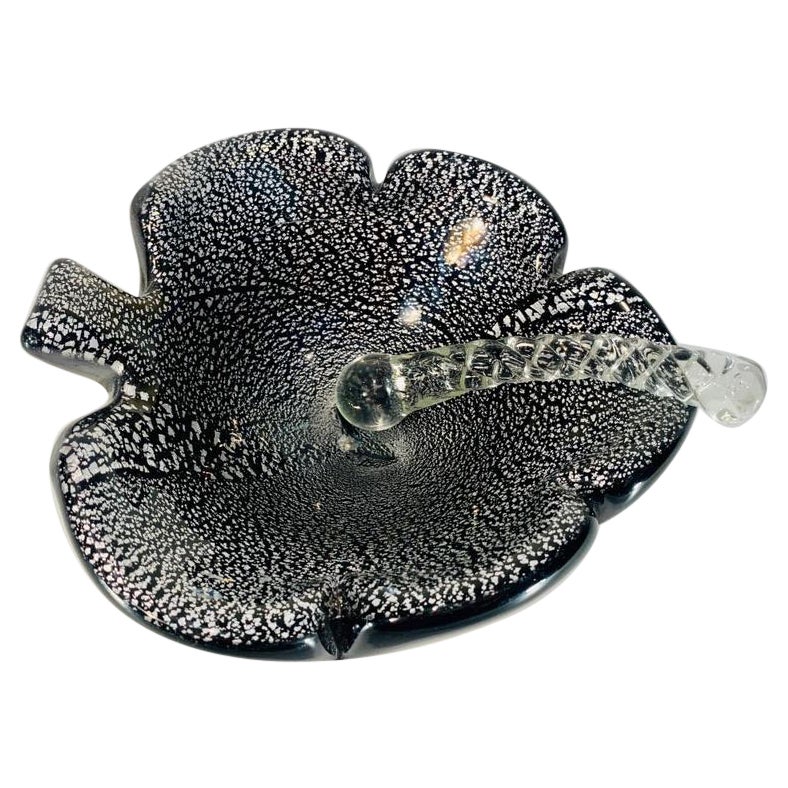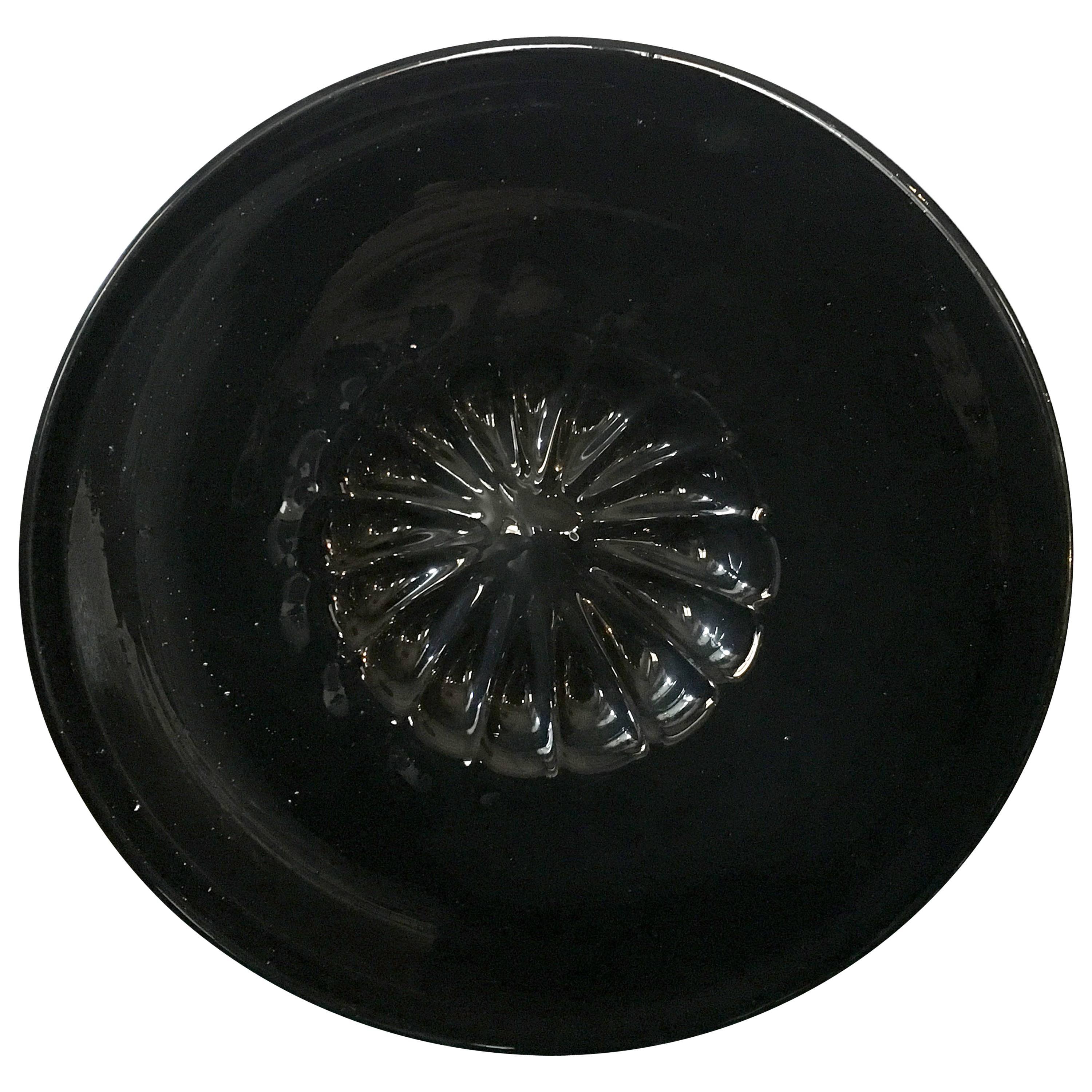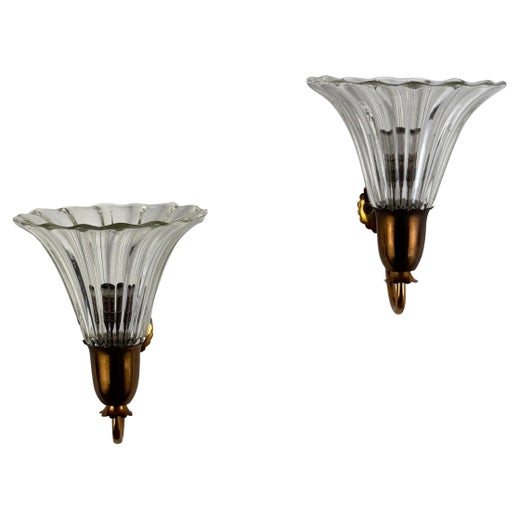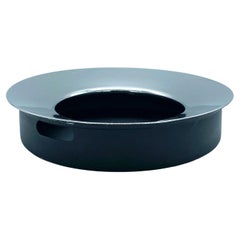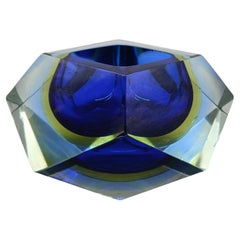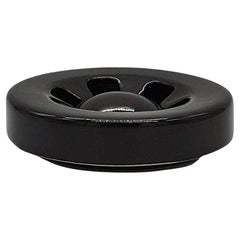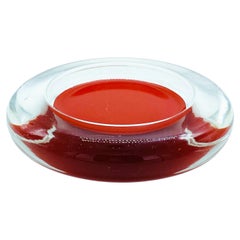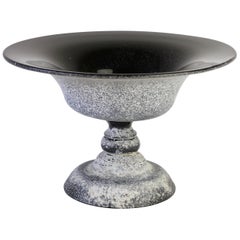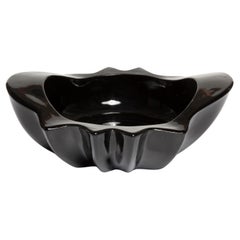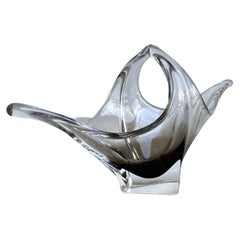Seguso Black Murano Glass Centerpiece, Italy, 1970s
About the Item
- Creator:Archimede Seguso (Designer)
- Dimensions:Height: 1.97 in (5 cm)Diameter: 7.88 in (20 cm)
- Style:Mid-Century Modern (Of the Period)
- Materials and Techniques:
- Place of Origin:
- Period:
- Date of Manufacture:1960
- Condition:
- Seller Location:Naples, IT
- Reference Number:1stDibs: LU3221324527662
Archimede Seguso
Archimede Seguso redefined a 650-year family history of Murano glass-making with brilliance and novel techniques, elevating him to an exemplar for the maestros of his time as well as for future generations of glassmakers. This next generation included his sons and grandsons, who carried on and further expanded the family legacy of Venetian art glass. The survival and revival of traditional glassblowing combined with unique design are the legacies left behind by a master.
Seguso grew up in the family furnaces of the Soffieria Barovier Seguso and Ferro, where his training began at age 11. By the time he turned 20, he was a maestro in his own right, joining the family business as a partner.
In 1933 the company changed its name to Seguso Vetri D’Arte, and Seguso gained sole control. He collaborated with designers Flavio Poli and Vittorio Zecchin, which allowed him to achieve artistic sovereignty leading to the opening in 1946 of his own furnace, Vetreria Seguso Archimede. There, he could explore his design ideas with creative freedom. In 2007, the 23rd generation of Seguso glassmakers took the lead at Seguso Vetri D’Arte. Brothers Gianluca, Pierpaolo and Gianandrea Seguso carry a six-century dynasty of Seguso glass into the 21st century.
Archimede Seguso’s art glass pays homage to tradition. Seguso studied and mastered techniques from centuries past, but he also pioneered innovative approaches, such as submersion and unconventional color constitutions. He awarded future generations with stunning and unprecedented effects, such as ribbed textures, rings, needle shapes and the appearance of embedded objects.
A lifetime of achievement created by Seguso is honored in museums worldwide, such as the Victoria and Albert Museum in London, MoMA in New York and Museum Kunstpalast in Dusseldorf, to name a few. His exhibit resume spans decades, beginning with XX Biennale, Venezia, in 1936. It includes a 1989 exhibit of “Il Maestro dei Maestri” at Tiffany & Co., New York, and 2013 exhibitions at Musée Maillol in Paris and Museo della Basilica di San Marco in Venice.
On 1stDibs, find vintage Archimede Seguso glass, decorative objects, lighting and mirrors alongside a collection from his brother Angelo Seguso and his grandsons’ firm Seguso Viro.
- ShippingRetrieving quote...Shipping from: Naples, Italy
- Return Policy
More From This Seller
View AllVintage 1970s Mid-Century Modern Decorative Dishes and Vide-Poche
Metal, Chrome
Vintage 1960s Italian Mid-Century Modern Ashtrays
Murano Glass
Vintage 1970s European Mid-Century Modern Ashtrays
Ceramic
Vintage 1980s Italian Mid-Century Modern Centerpieces
Murano Glass
Vintage 1970s Italian Mid-Century Modern Glass
Murano Glass
Vintage 1970s Italian Mid-Century Modern Decorative Bowls
Murano Glass
You May Also Like
Late 20th Century Italian Mid-Century Modern Centerpieces
Murano Glass
Mid-20th Century Italian Ashtrays
Crystal
Late 20th Century Italian Mid-Century Modern Serving Bowls
Blown Glass, Murano Glass
Vintage 1960s Italian Mid-Century Modern Glass
Murano Glass
Vintage 1950s Italian International Style Ashtrays
Murano Glass
Mid-20th Century Italian Mid-Century Modern Glass
Murano Glass
